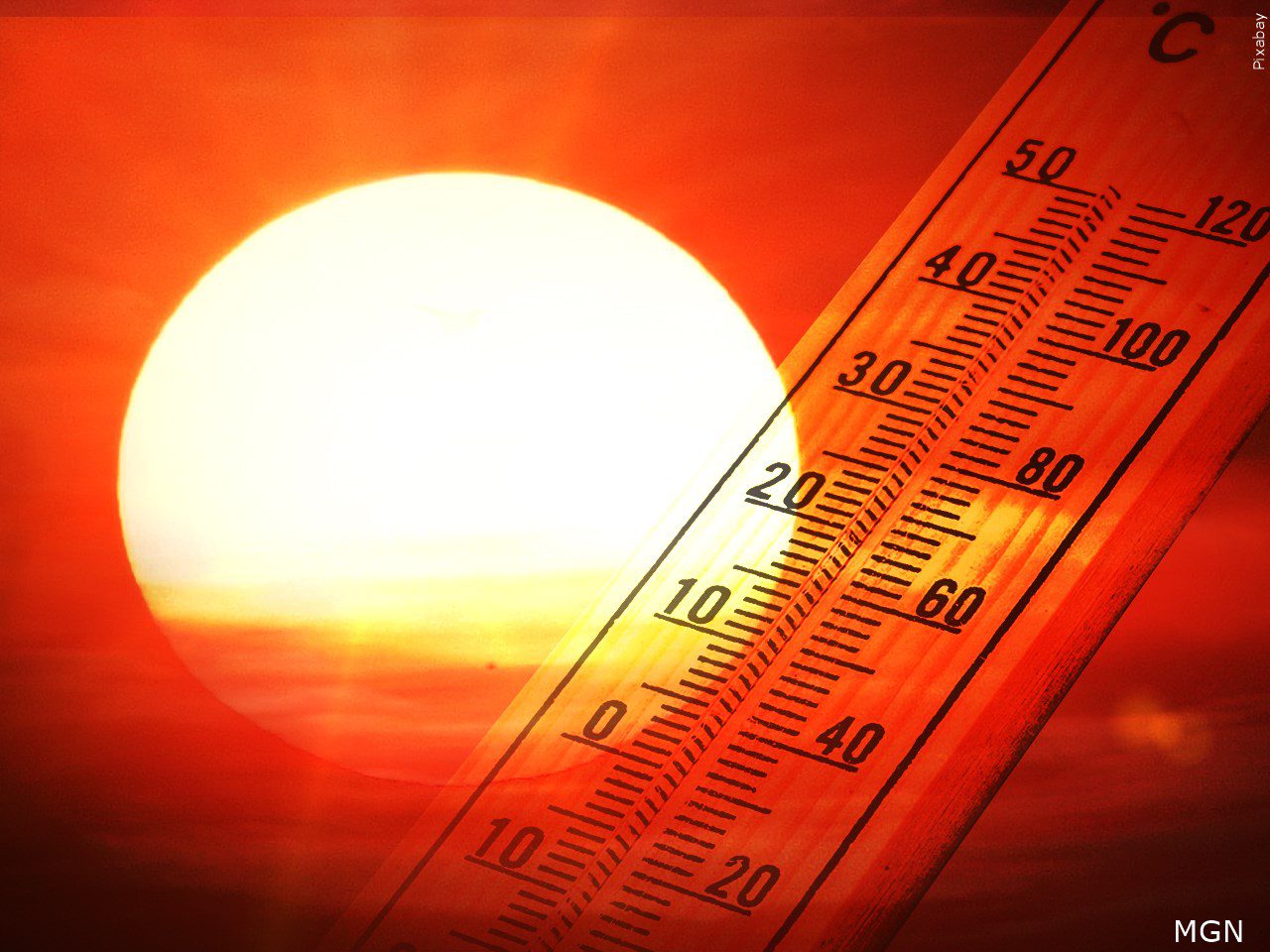Severe Weather Awareness Week: Extreme Heat

Extreme heat photo illustration / MGN
(ABC 6 News) – This week in Minnesota is Severe Weather Awareness Week, which is an opportunity to remind Minnesotans about the importance of being prepared for severe weather and how to stay safe when it strikes.
Severe weather can be unpredictable and deadly; being prepared can help save lives and reduce the risks from severe weather events.
Authorities recommend having multiple ways to receive warnings whether that is through weather apps for your phone, buying a weather radio or staying tuned to local TV and radio during severe weather. Download the ABC 6 News Now App, HERE.
The Severe Weather Awareness Week themes are:
- Monday — Alerts and Warnings
- Tuesday — Severe Weather, Lightning and Hail
- Wednesday — Floods
- Thursday — Tornadoes
- Friday — Extreme Heat
Minnesota’s Homeland Security and Emergency Management Division says the topics aren’t just a good reminder about seasonal weather threats but are also a good time to make and practice an emergency plan and refresh your emergency preparedness kit.
Friday’s topic is: Extreme Heat
While Minnesota and Iowa are not primarily known for extremely warm seasons, there are times where we can turn up the heat.
According to the National Weather Service, heat is the top weather killer in the US. The heat index is the “feels like” temperature during the summer when factoring in the humidity.
Meteorologist Todd Shea from the National Weather Service in La Crosse, WI explains why the humidity plays a role. “The humidity adds that uncomfortable moisture. That added moisture makes it more difficult for our bodies to evaporate the sweat and cool the body down.”
You’ll probably hear the terms heat advisory and excessive heat warning this summer. A heat advisory is when the heat index gets between 100-104°F. It becomes an excessive heat warning when that mark reaches 105°F or warmer.
Staying hydrated and taking cool-down breaks in the shade or air conditioning are both essential. It is also important to not leave pets or small children in hot cars as they could develop heat stroke in a matter of minutes.
Extreme heat does not only affect the human body, it also can have a drastic impact on the environment. It makes us more prone to brushfires and wildfires.
Shea describes the conditions that make wildfires and brushfires more favorable. “We’re looking at drier conditions, lower relative humidities, maybe the grasses are brown or cured, and we end up with strong winds.”
It is especially dangerous when these fires get going in wooded areas or near communities where they can spread quickly. The situation is only made even more dangerous by the hot conditions.
During a heat advisory or excessive heat warning, it is also important to check in on any friends and family to make sure they’re okay. One sign that someone might be getting heat exhaustion or even heat stroke is not sweating.


